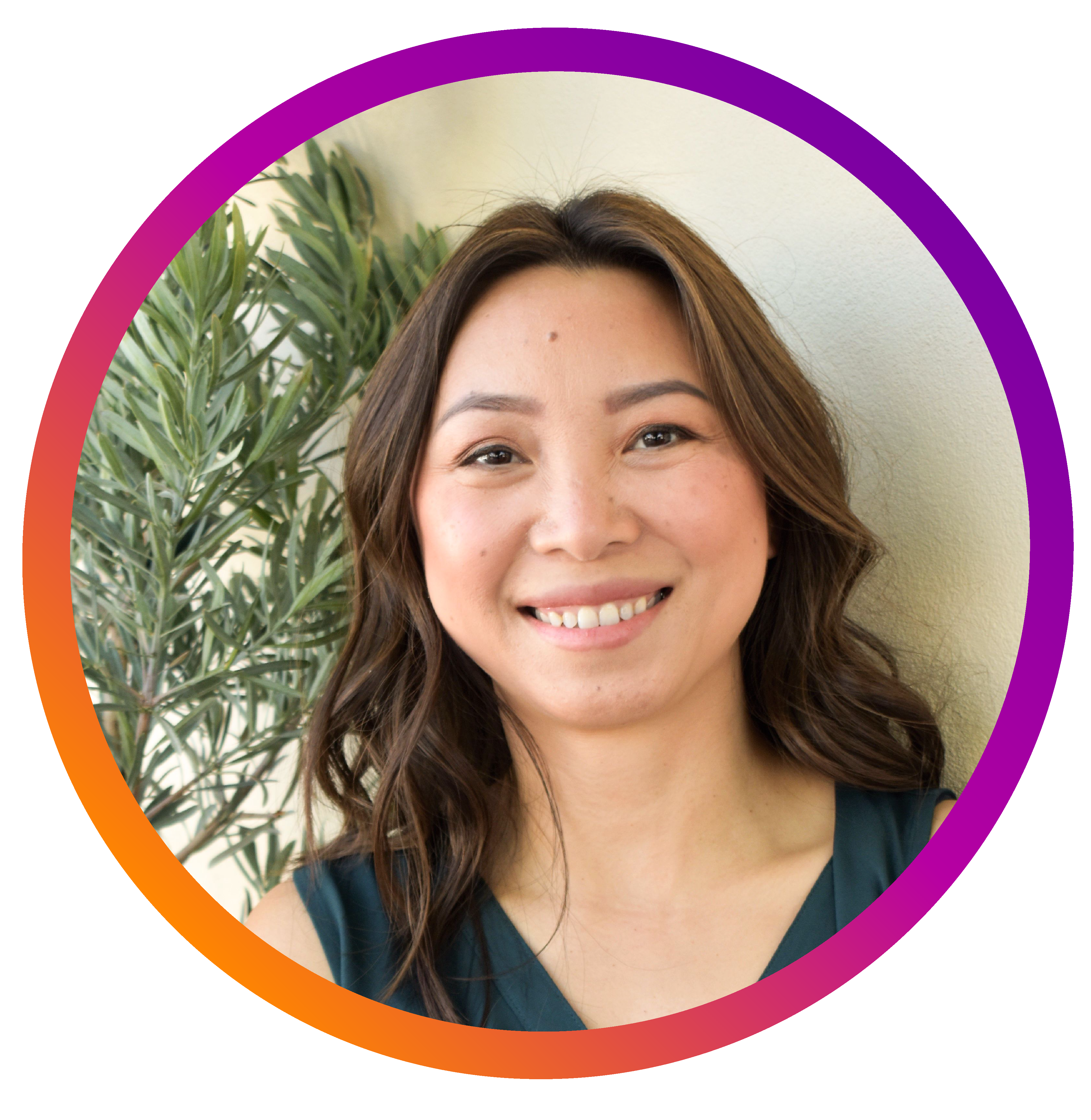Triad Relationship Counseling
Are you and your partners looking to deepen your triad relationship? Are you exploring whether or not a triad relationship is for you? Are you new to non-monogamy and wondering what the different structures and styles are all about?
Triad relationship counseling is a place to explore any or all of the above. Learning more about the dynamics of triad relationships and the benefits of counseling for non-monogamy can help put you on the path to values-aligned connection.
What is a Triad Relationship?
At its core, a triad relationship is a relationship that consists of three people. These people may have different types of involvement with one another (i.e. some may have romantic or sexual intimacy and some may have platonic intimacy).
A triad relationship is consensual between all who are involved. This makes it very different from having an affair – there is no sneaking around or keeping harmful secrets in a healthy triad dynamic. Open communication, trust, boundaries, and honesty are in fact pillars of a success in non-monogamy.
You may find yourself in a triad relationship if you practice non-monogamy or are interested in pursuing connections that exist beyond the two-partner model. Yes, having more than one significant other takes unique forms of time, energy, and effort. However, a triad can also bring a high level of satisfaction and enjoyment to you and your partner’s lives.
Types of Triad Relationships
There are several different types of triad relationships. One is not better than the others – the best way to be in a triad is the way that fits for all partners. Gaining knowledge about the different models, whether on your own or through triad relationship counseling, can help you understand which category your relationship fits into. The types include:
V Relationship
A V triad is a relationship model that is named for its resemblance to the letter V. One partner acts as a hinge between two other partners through maintaining a romantic and sexual relationship with each of them. Although the other two partners most often know one another, they are not romantically and sexually involved. Rather, they are known as metamours.
Metamour is a term used in the polyamory community to describe two people who are dating the same person, but are not dating each other. Many different levels of relationship exist between metamours. They may be acquaintances, have a close friendship, or even live together along with the connecting partner. Honest communication and respect are some of the most crucial parts of designing a V relationship that fulfills the needs of all involved.
Closed Triad
The closed triad model consists of a relationship between three people who have exclusively committed to one another. There are no external partners. Each partner in a closed triad typically has a romantic and sexual relationship with the others, and all three partners may also have a romantic and sexual relationship together. Triads (of the closed and open varieties) are sometimes called throuples.
As with the other types of triads, there are many possible arrangements within a closed triad. It is common for members of a closed triad to live together and share the same intimacies that occur in a relationship between two partners. However, this is not a hard and fast rule. Any arrangement can work so long as everyone consents and finds pleasure in the way their partnerships are operating.
Open Triad
In an open triad, partners continue to have romantic and sexual relationships with others outside of the triad. An open triad differs from a V relationship in that the primary dynamic does not consist of metamours. All partners usually have a romantic and sexual relationship with one another. Depending on what has been agreed upon, partners may or may not become acquainted with the metamours who exist outside of the triad.
Open triads can be long-term or short-term arrangements. For example, three partners may decide to form a long-term relationship that remains open to other romantic and sexual connections. A short-term relationship may be born from a couple seeking sexual experiences with a third person. Clear boundaries and expectations are particularly important when bringing someone new into a pre-existing partnership.
Structures Within Triad Relationships
The way a triad functions is informed by the relationships between each person. There are multiple ways to foster intimate connection between romantic partners, metamours, or other significant members. Gaining insight into the relationship structure wants and needs of all involved is a way of ensuring your triad is a healthy one. Common polyamorous relationship structures are:
Hierarchical Polyamory
The foundation of hierarchical polyamory is having one primary partner. Primary partners may be married, have children, live together, or split responsibilities. They may also share a more intimate emotional, romantic, or sexual bond than they do with other partners. Keep in mind that none of the above items are the sole defining factor in hierarchical polyamory. It is the individuals who decide what creates significance and how this significance is honored.
There is debate in the polyamory community around the ethics of hierarchical polyamory. Some believe that having a primary partner causes other partners to feel deprioritized and unwanted. Others believe that dividing time, energy, and resources in a realistic way allows partnerships to grow in a way that is universally nurturing.
Non-hierarchical Polyamory
Non-hierarchical polyamory is a structure where all partners are prioritized equally. There is no primary partner – each partner’s wants, needs, and desires carry the same weight. Note that this does not necessarily mean that partners always spend the same amount of time together or do the same activities with one another. The egalitarian nature of non-hierarchical polyamory is centered on the way each partner is considered in the relationship.
Those who practice non-hierarchical polyamory tend to believe it is a structure that allows relationships to develop more freely. What a relationship can grow into is not limited by the presence of a primary partnership. Non-hierarchical partners may also feel more free to explore aspects of the relationship such as living together or traveling together.
Relationship Anarchy
All types of relationships are significant to our lives. Friendships, partnerships, family, and community each add to the richness of our experience. A person who practices relationship anarchy is conscious of holding space for the value of connection without prioritizing romantic love. Their most important relationships take multiple forms and may vary in level of commitment.
For example, someone practicing relationship anarchy could decide to parent a child with their best friend rather than a romantic partner. Metamours who choose to share a home or other resources often put themselves in this category as well. Bonds are encouraged to develop naturally rather than being shaped to fit cultural and societal expectations.
How Does Counseling Benefit Triad Relationships?
Whether you have been in a non-monogamous relationship for a while or are just beginning your journey, triad relationship counseling can benefit you and your partners. The therapeutic space makes room for you all to explore your current dynamics, your hopes for the relationship, and what aligns with you as you deepen your connection. Valuable topics to discuss in sessions may be:
- Relationship structure and style
- Healthy communication skills
- Setting and maintaining boundaries
- Exploring different needs among partners
- Mediating conflict
- Building fulfilling intimacy
- Discovering each partner’s core desires
Successful triads require the same level of authenticity and reflective work as successful two-partner relationships do. This work may also entail addressing additional areas or talking through issues in a slightly different way. For example, infidelity and cheating typically look different in non-monogamous relationships. Boundaries around what constitutes unfaithfulness in your triad will be unique and are therefore essential to discuss explicitly.
Jealousy is another area that may present itself in your triad. In a two-partner relationship, jealousy often stems from one partner worrying that the other partner has feelings for someone else. In a triad, you know your partner has feelings for someone else. Challenging emotions can still come up around dynamics between different partners, time spent together, and your own attachment wounds.
Triad relationship counseling is a way to increase clarity and navigate difficulties. A counselor who specializes in non-monogamous relationships will be able to provide a space where each partner can feel comfortable expressing themselves. Through all parties expanding their ability to connect authentically with one another, your triad can strengthen, grow, and thrive.
Are you and your partners ready to find a counselor who understands you? Licensed professionals at The Couples Center are well versed in working with non-monogamous relationships. Get in touch to connect with someone who can guide you toward your dream dynamic!

 Call Us Now
Call Us Now




